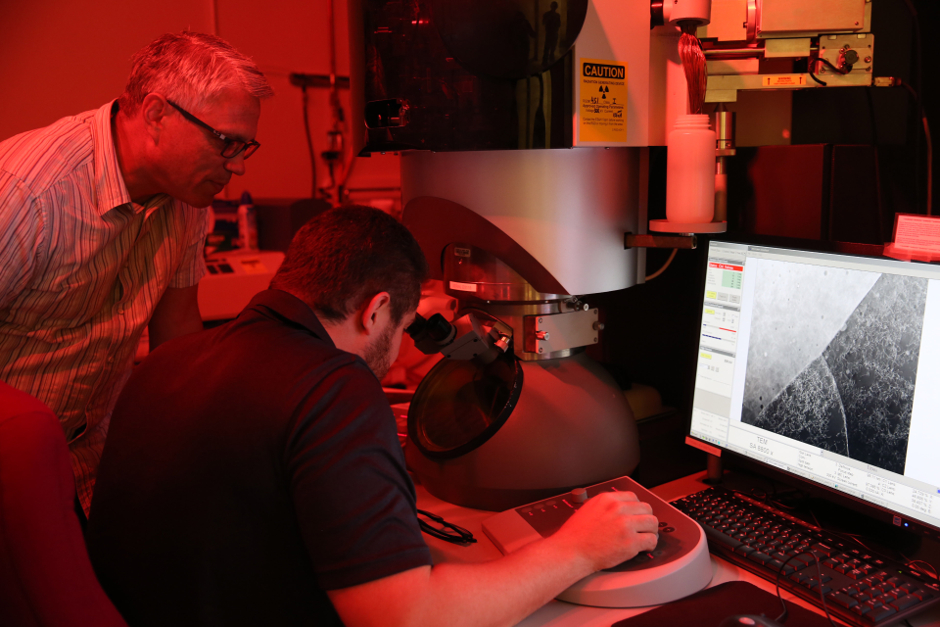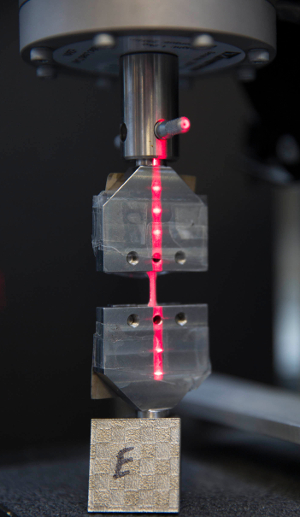
Marine grade stainless steel is widely utilised due to its performance in corrosive environments and for its high ductility, a property undermined by conventional techniques for strengthening this class of material.
Now, Lawrence Livermore National Laboratory (LLNL) researchers in California, along with collaborators at Iowa-based Ames National Laboratory, Georgia Tech University and Oregon State University believe their breakthrough has overcome this challenge. The research appears online in Nature Materials.
"In order to make all the components you're trying to print useful, you need to have this material property at least the same as those made by traditional metallurgy," said LLNL materials scientist and lead author Morris Wang. "We were able to 3D print real components in the lab with 316L stainless steel, and the material's performance was actually better than those made with the traditional approach. That's really a big jump. It makes additive manufacturing very attractive and fills a major gap."
Wang said the methodology could quickly lead to widespread 3D printing of such stainless steel components, particularly in the aerospace, automotive and oil and gas industries, where materials need to tolerate extreme force in harsh environments.
To successfully meet, and exceed, the necessary performance requirements for 316L stainless steel, researchers first had to overcome a major bottleneck limiting the potential for 3D printing high-quality metals, the porosity caused during the laser fusion of metal powders that can cause parts to degrade and fracture easily.
Researchers are said to have addressed this through a density optimisation process involving experiments and computer modelling, and by manipulating the materials' underlying microstructure.

"This microstructure we developed breaks the traditional strength-ductility trade off barrier," Wang said. "For steel, you want to make it stronger, but you lose ductility essentially; you can't have both. But with 3D printing, we're able to move this boundary beyond the current trade off."
Using two different laser powder bed fusion machines, researchers printed thin plates of stainless steel 316L for mechanical testing. The laser melting technique resulted in hierarchical cell-like structures that could be tuned to alter the mechanical properties, researchers said.
"The key was doing all the characterisation and looking at the properties we were getting," said LLNL scientist Alex Hamza, who oversaw production of some additively manufactured components. "When you additively manufacture 316L it creates an interesting grain structure, sort of like a stained-glass window. The grains are not very small, but the cellular structures and other defects inside the grains that are commonly seen in welding seem to be controlling the properties. This was the discovery. We didn't set out to make something better than traditional manufacturing; it just worked out that way."
LLNL postdoc researcher Thomas Voisin has performed extensive characterisations of 3D printed metals and believes the research could provide new insights on the structure-property relationship of additively manufactured materials.
"Deformation of metals is mainly controlled by how nanoscale defects move and interact in the microstructure," Voisin said. "Interestingly, we found that this cellular structure acts such as a filter, allowing some defects to move freely and thus provide the necessary ductility while blocking some others to provide the strength. Observing these mechanisms and understanding their complexity now allows us to think of new ways to control the mechanical properties of these 3D printed materials."




Swiss geoengineering start-up targets methane removal
No mention whatsoever about the effect of increased methane levels/iron chloride in the ocean on the pH and chemical properties of the ocean - are we...